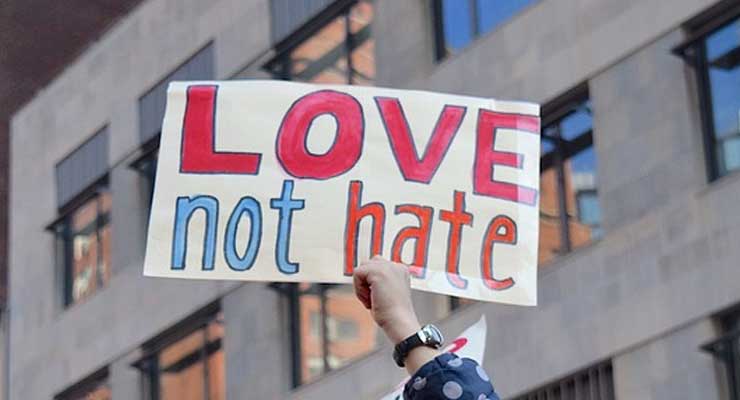
The article is a much suggested read. It’s from Brennan Center by Michael German, Emmanuel Mauleón
On April 27, 2019, a white supremacist armed with a high-powered rifle walked into a San Diego synagogue and shot four people, one fatally, before fleeing and finally surrendering to police. A letter the gunman allegedly posted online shortly before the shooting claimed credit for a previous arson attack on an Escondido mosque, spewed racist “white genocide” conspiracy theories, cited earlier white supremacist attacks against a synagogue in Pittsburgh and mosques in New Zealand, and urged like-minded white Christians to commit further acts of violence.
Was this crime an act of terrorism, a hate crime, or just another homicide? Under current Justice Department policies, how far-right violence targeting people based on race, religion, national origin, gender, sexual orientation, gender identity, or disability gets categorized is often arbitrary. But it has significant consequences for how federal officials label these crimes in public statements, how they prioritize and track them, and whether they will investigate and prosecute them. As a result, the Justice Department doesn’t know how many people far-right militants attack each year in the United States, which leaves intelligence analysts and policy makers in the dark about the impact this violence inflicts on our society and how to best address it. More importantly, the failure to properly label and respond to far-right violence deprives victimized communities of basic human dignity and equal protection of the law.
Developing more effective federal policies to address far-right violence requires a new approach that better protects vulnerable communities from all forms of violence and utilizes restorative justice practices to remediate the communal injuries that these crimes inflict.
See full story here.
Leave a Reply